
History of the gallstone ileus
history of gallstone ileus: from early autopsy reports to surgical breakthroughs, tracing its clinical evolution from Courvoisier to Clavien

history of gallstone ileus: from early autopsy reports to surgical breakthroughs, tracing its clinical evolution from Courvoisier to Clavien
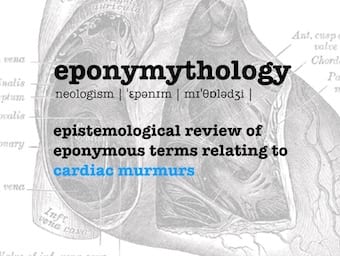
Eponymythology: heart murmur eponyms and named cardiac murmurs. Related eponyms, the person behind their origin, their relevance today, and modern terminology.

Eponymous medical triads, tetrads, and pentads: clusters of signs and symptoms aiding diagnosis and clinical teaching

Non-traumatic abdominal ecchymosis of the abdominal wall and flanks (Grey Turner, Cullen and Stabler); scrotum (Bryant) and upper thigh (Fox) as clues to potentially serious causes of abdominal pathology.
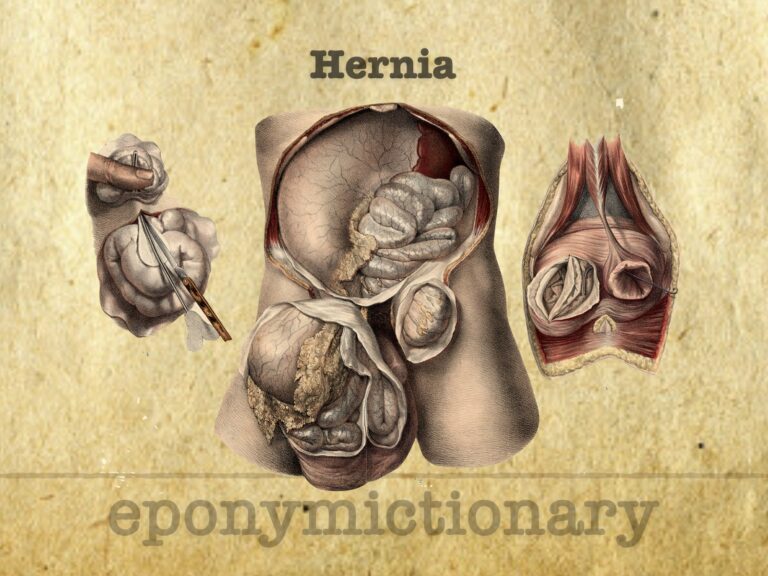
Eponymous hernias: clear definition, etymology, and a quick guide to types—Amyand, de Garengeot, Littre, Richter, Spigelian, Bochdalek, Morgagni.

The coudé catheter has a curved tip and is derived from the French term “coudé” for “elbow.” Described by Louis Auguste Mercier in 1836
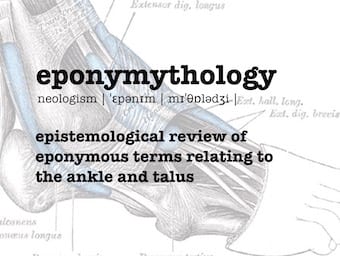
Eponymythology associated with signs, symptoms, investigation and management of ankle and talus injuries, fractures and conditions.
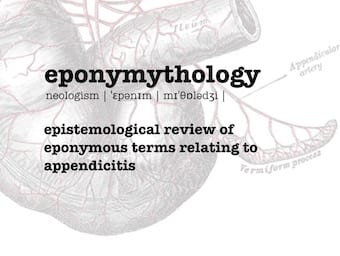
Authors eponymously associated with abdominal signs, symptoms, investigation and management of appendicitis

Haff disease is a rare syndrome characterized by unexplained myalgia, rhabdomyolysis and myoglobinuria, within 24 hours of freshwater fish or crustacean ingestion
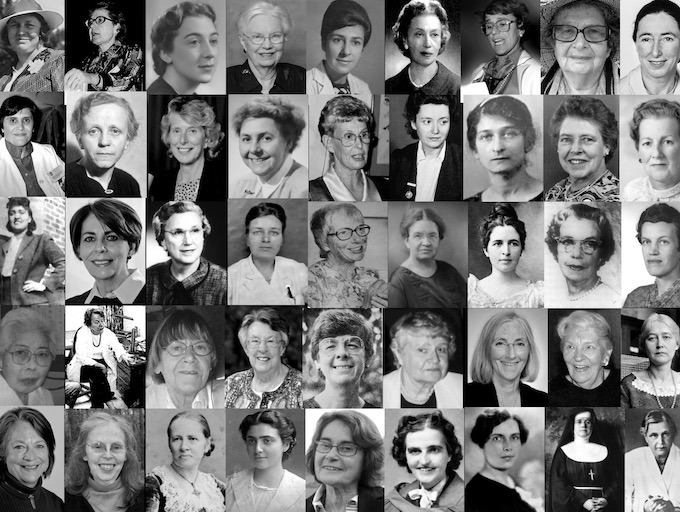
Hypothesis: Women are underrepresented in the realm of medical eponyms. Deep dive into eponymythology, and the roiling ocean of gender imbalance.
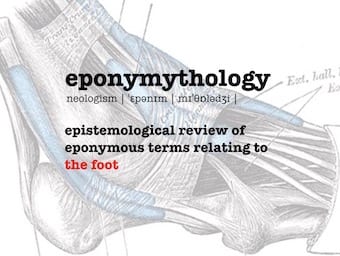
Eponymythology associated with signs, symptoms, investigation and management of foot injuries. Review of related eponyms; the person behind the name; their relevance today; and modern terminology
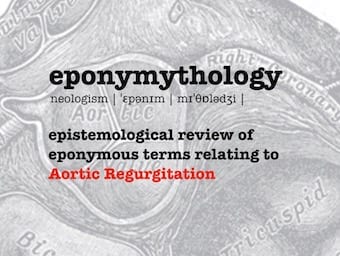
Chronological review of the clinical signs aortic regurgitation / insufficiency. 31 eponyms proposed by Ashrafian (2005) and Zacek (2018)